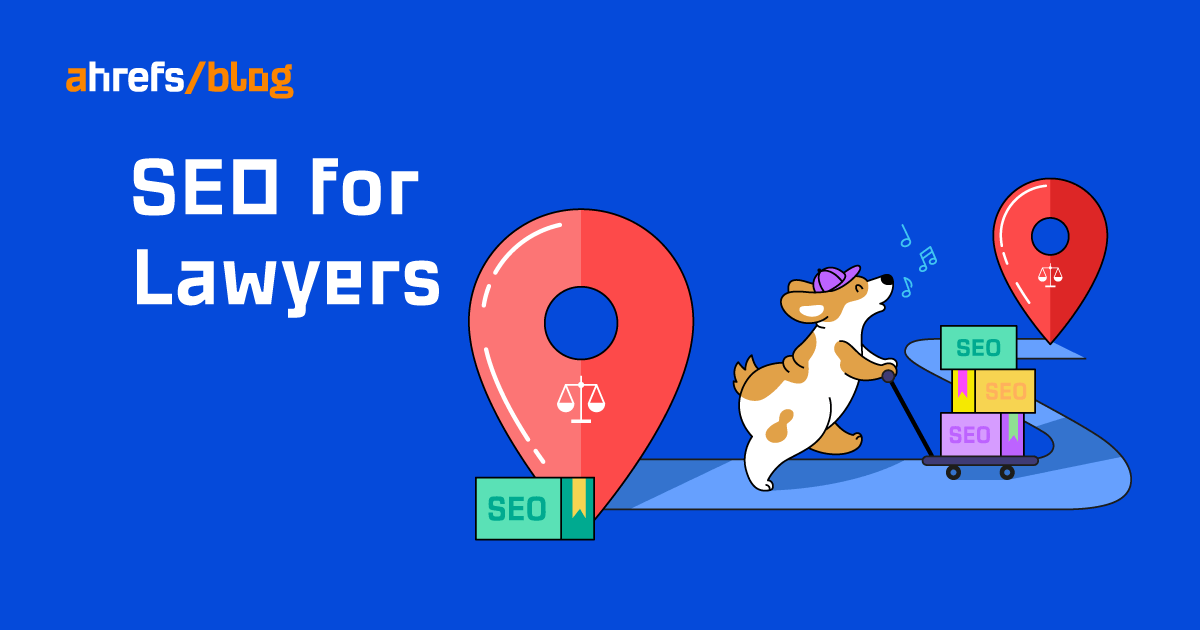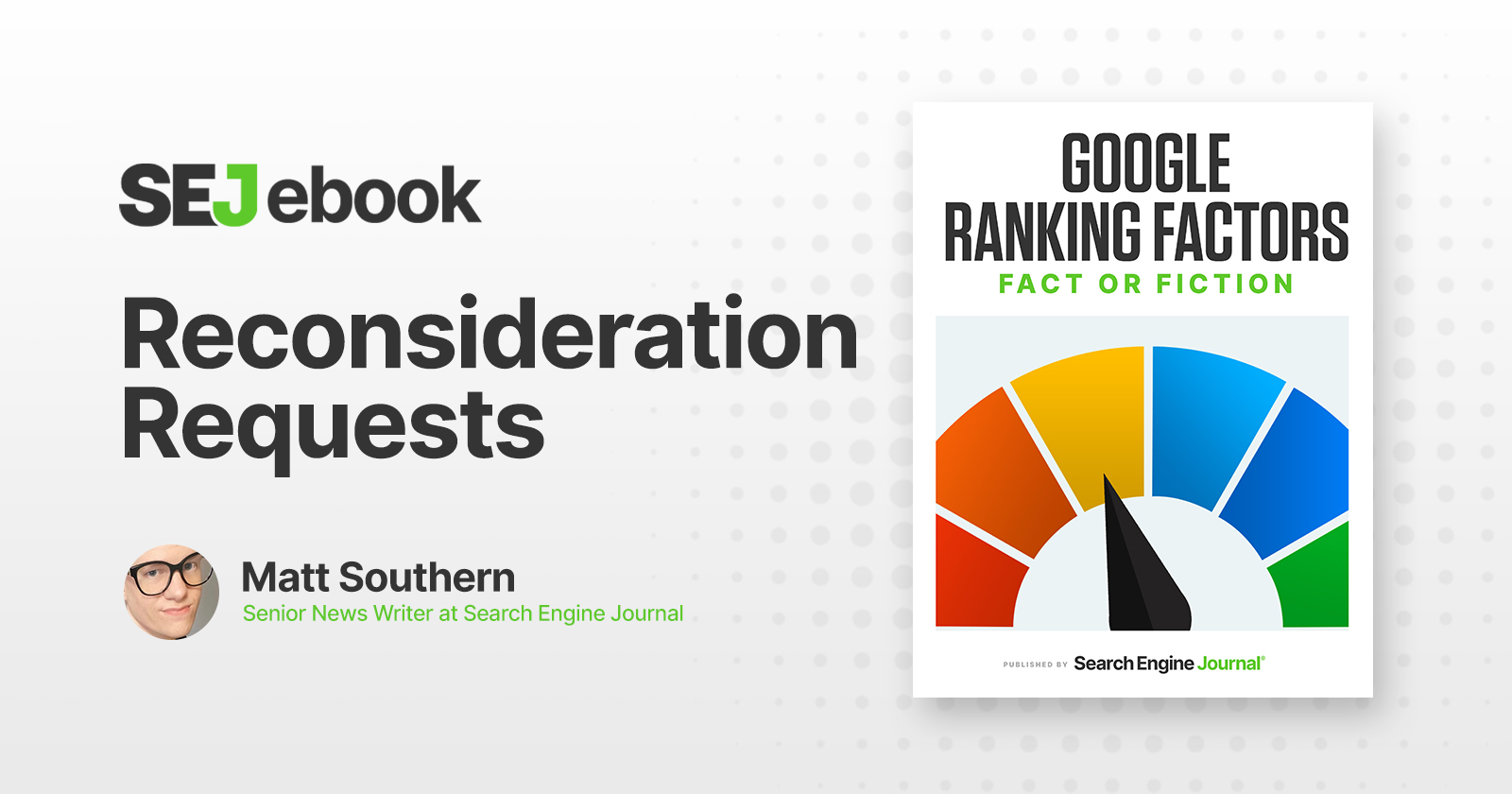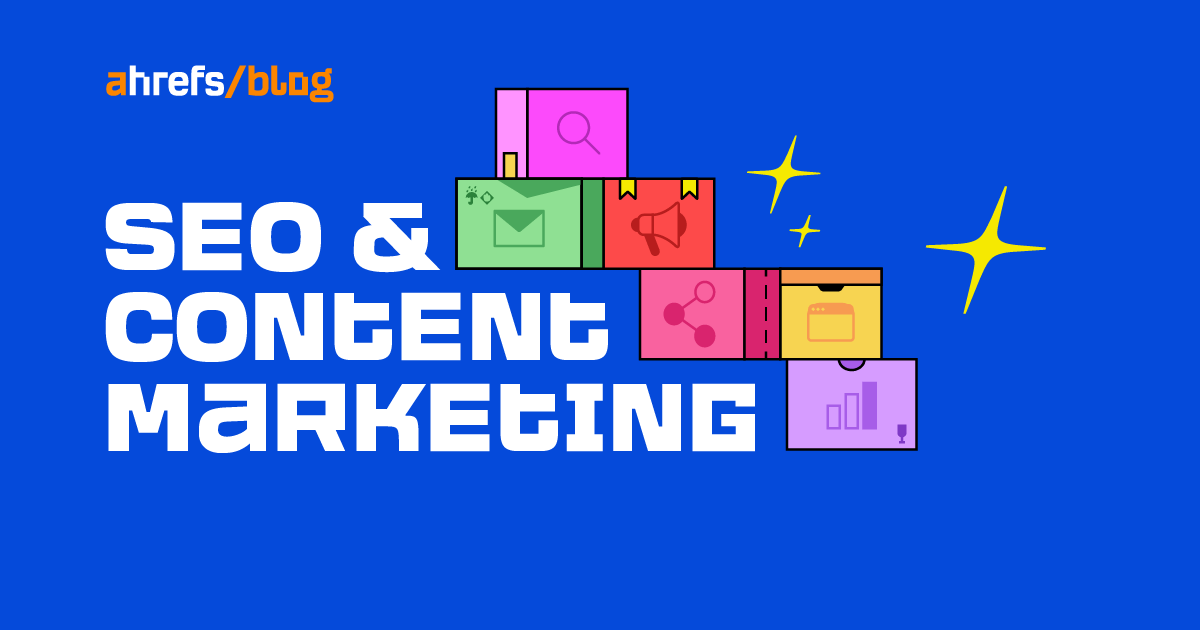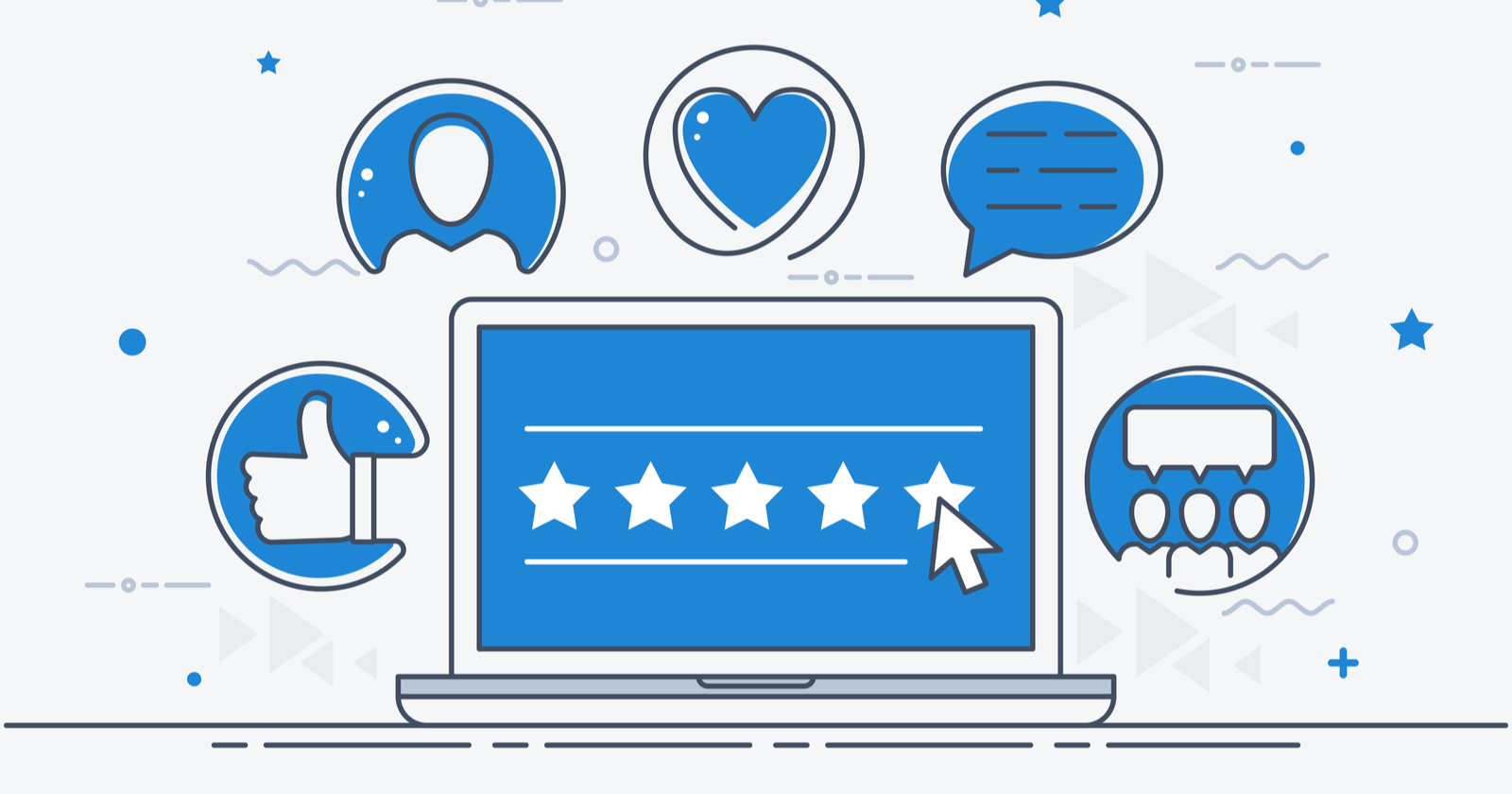A Guide To Enterprise SEO Strategy For SaaS Brands
Discover 7 actionable SEO tips to grow your SaaS network. The post A Guide To Enterprise SEO Strategy For SaaS Brands appeared first on Search Engine Journal.

Software-as-a-service (SaaS) is a highly unique but profitable business model when combined with a successful marketing strategy.
Since the cost of hosting cloud networking and applications tends to be reduced with additional customers, SaaS companies need to grow their subscriber base quickly to thrive in a competitive market.
Over the years, I’ve found that many SaaS companies tend to focus more on paid acquisition for steady traffic flow and conversions. While this strategy certainly has short-term profitability, once you turn the faucet off, the traffic doesn’t come back.
For this reason, I recommend that most SaaS companies invest more into SEO as an all-encompassing strategy for growth.
Furthermore, the SEO strategies I list below will only improve your existing marketing efforts, whether you market your company using PPC, email, or social media.
With this in mind, I’d like to discuss some of the unique challenges SaaS companies face in the digital space and ways SEO can be used to overcome these challenges.
Then, I’ll provide nine actionable tips to help you improve your online presence and grow your business.
5 Unique Digital Challenges For SaaS Companies
1. Economies Of Scale
As I stated in the introduction, SaaS marketers face a tough challenge in scaling SaaS businesses to a comfortable degree in order to offset the cost of hosting their cloud applications.
To achieve a lower cost of total ownership (TCO), SaaS companies need to build an effective network scale that:
Acquires new customers constantly. Retains existing ones. Entices customers to communicate with one another using the software to build a full-fledged network.Unfortunately, paid advertising only contributes to the cost of this model and fails to bring on new customers outside of your narrow window of focus.
Instead, what’s needed is an omnichannel strategy that builds awareness organically through multiple channels.
2. Levels Of Service
Many SaaS providers use varying business models, including self-service, managed service, and automated service models for customer support.
These models relate to the amount of support the SaaS vendor provides, which greatly affects the cost of managing and running their platforms.
In some ways, a managed or automated troubleshooting model could be a positive piece of marketing material.
But if your SaaS platform has a notoriously high learning curve, such as Salesforce, and you use a self-service model for customer support, you may need to invest heavily in educational materials and tutorials to assist customers as they learn about your products.
3. Customer Acquisition Vs. Retention
While we focus heavily on customer acquisition to grow the network of a SaaS provider, keeping customers on the network is equally important.
Whether you rely on a one-time purchase or a subscription model, constantly iterating with new products, releases, and continual customer support is critical for maintaining steady growth for your business.
For this reason, SaaS companies need to invest in a wide-range marketing strategy that appeals to new and existing customers in different ways.
4. Competing For Branded Keywords
Most of your keywords may be branded, which can be difficult to scale if no one is aware of your software or brand.
For this reason, a mix of PPC, link building, and high-level content will be critical to growing your brand’s name and people’s affiliation with your products.
5. Optimizing For Search Intent
Finally, when you’re dealing with branded products and multiple keywords, it can be difficult to decipher intent.
As we’ll discuss, optimizing your funnel and content strategically around intent will be important for your overall SEO strategy.
Benefits Of SEO For Sustainable SaaS Growth
Since SaaS companies rely on building economies of scale to reduce costs and increase profit, a long-term strategy like organic SEO makes the most sense for SaaS businesses.
Some of the benefits of SaaS SEO include:
Generating sustainable growth through steady customer acquisition. Reducing the cost-per-acquisition (CPA) of each new customer. Creating widespread brand awareness for your products. Educating and retaining customers through highly authoritative content. Improving overall omnichannel marketing performance.The last point is interesting because most SaaS companies will typically use email marketing and paid media to attract and retain customers.
As a result, high-level content serves as great marketing material to advertise over these channels and entice user engagement.
As a final point, increasing brand visibility around your software is perhaps the most important aspect of SEO.
Many products like Microsoft Office and G-Suite benefit from having more users on the platform because it reduces friction for people trying to communicate through two different products.
So by establishing yourself as a thought leader and building a loyal customer base using a mix of content and SEO, you can build out a wide-scale network of users that reduce hosting costs and accelerate your growth.
To get started, let’s discuss seven actionable SEO strategies for SaaS businesses.
7 Actionable Ways To Scale SaaS Businesses With SEO
1. Establish The Fundamentals
First and foremost, you need to build a user-friendly site for people to download your products, contact customer support, and just read content.
Some technical fundamentals your website needs include:
HTTPS protocol. Mobile optimization. Fast page speed. Optimized images (quality and size). Clear web structure. Strategic keyword usage. Clear calls-to-action (CTAs). A sizeable crawl budget. An XML sitemap. No duplicate content issues. Hreflang tags for international or multilingual users.Once established, it will be easier to rank your website for authoritative content and keep users dwelling on it once they visit.
2. Create Your Buyer Persona
Next, your team should develop a list of buyer personas you will pursue using multiple conversion tools. Input for buyer personas could be based on the following sources:
Sales and marketing teams. Existing analytics sources (e.g., Google Analytics, Google Search Console, or Paid Media Channels). Customer service representatives. Direct feedback from customer surveys and interviews.Now, your buyer personas or avatars will differ whether you’re targeting a B2C or B2B space.
In a B2C space, your buyer persona will be based on several demographic and psychographic inputs, including:
Location. Age. Interests. Occupation. Education level.For example, if you were selling photo editing software, you would likely create separate avatars for professional/freelance photographers and also hobbyists.
On the other hand, your B2B persona will likely target specific people in an organization, such as managers, founders, or daily users.
For example, one marketing campaign and persona may focus on a software solution for sales teams and sales managers. At the same time, another campaign in the SEO space may target SEO managers looking to switch from existing products.
Once you have a list of buyer personas and avatars, you can create strategic campaigns with actionable solutions that appeal to these personas on both paid and organic channels.
3. Optimize Content For All Stages of the Funnel
As a SaaS provider, you will likely need to create separate content for separate buyer’s personas, but also for new and existing customers.
In terms of acquisition, creating specific content at each stage of your individual sales funnel will increase your chances of conversion.
Awareness
Create awareness that the user has a problem and that your software can solve it. Common marketing materials include:
Blog posts. Guest posts. Press releases. Boosted social media posts. Paid advertisements.Interest
Build interest in your products and find ways to engage with users.
For example, encouraging users to sign up for your newsletter or email service can be a great way to engage with users over time.
At this stage, you could send emails to users or hit them with a pop-up advertising a free ebook, white paper, or any other high-level content that speaks to your products.
Evaluation/Decision
Engage with users further to push them closer to a conversion. Some common tactics include:
Free trials. Limited consultations. Free demos. Free beta testing.Purchase And Loyalty
Once a user has purchased one of your products, continue to engage them with special offers or educational content that improves their user experience and delivers satisfaction.
Hopefully, at this stage, you can generate strong brand loyalty, encouraging word-of-mouth advertising to grow your network.
4. Focus On The Right Keywords
Since the acquisition cost for early-stage SaaS providers is incredibly high, it’s important to curate a strategic organic keyword strategy that brings in qualified traffic to your website.
Some strategies to generate high-converting keywords and to use them appropriately include:
Target a list of your highest-converting PPC keywords. Analyze what keywords competitors are bidding on and targeting organically. Optimize for informational keywords (e.g., photo editing software: “How to enhance a photo”). Leverage “integration” related terms if your software works with other products. Focus on benefits (e.g., increase, improvement, automation, etc.). List features (e.g., photo editing, red-eye removal, cropping, etc.). Segment target keywords by intent across your sales funnel (e.g., informational keywords at the top of the funnel and keywords about features/benefits for mid-funnel content). Optimize for lower volume, niche keywords with less competition to carve out market share.5. Build Out Topic Clusters For Authority
Once you have a list of keywords and an actionable content strategy for your funnel put in place, it’s time to execute.
Since SaaS products are fairly sophisticated and highly competitive, it’s ideal to follow Google’s E-A-T guidelines (Expertise, Authority, and Trustworthiness) to craft your content.
In addition, I also recommend creating topic clusters around topics with similar content that reinforces the main topic to generate authority and answer as many user questions as possible.
HubSpot is a good example of a blog and SaaS platform that creates highly sophisticated content clusters around its main products, including blogs and user tutorials.
To create a topic cluster, start with a seed keyword that serves as the main topic, such as “Photography,” and create a series of related topics.
For example, Adobe provides a series of photography tips designed to educate users about and sell their products, such as Photoshop.
 Screenshot from Adobe, January 2023
Screenshot from Adobe, January 2023
By creating rich resource content, you can build a community of people who come to your brand, not just for products but also for thoughtful advice.
As a bonus, leverage community forums to further engage and educate users with common troubleshooting concerns with your products.
6. Don’t Forget About Links
While backlinks are still a valuable ranking signal, I view backlinks as a more valuable promotion strategy.
If you follow my content tips above, you will create many linkable assets that naturally accrue backlinks and can be used for promotion to earn more.
For example, white papers, ebooks, surveys, studies, and tutorials provide great resources to educate people and cite information for their own research.
However, to gain early exposure and build links to content, follow these actionable tips below:
Guest post on popular blogs and websites to generate buzz. Promote educational content on paid channels, such as Facebook and Google. Email educational content to relevant people in your industry to build awareness. Contact resource pages for links to your software. Conduct roundup interviews with industry professionals. Promote surveys and studies through press releases or paid channels.7. Tie Everything Together Across Multiple Channels
Finally, combine all of these strategies into an omnichannel strategy.
Using a mix of PPC for brand exposure, content to build authority, and organic SEO to scale customer acquisition will provide the best strategy to scale an early-stage SaaS business.
Furthermore, promoting high-level content like a white paper over advertisements, email, social media, and all other channels is a great way to earn exposure, build links, and drive traffic to your site.
Combine your PPC and SEO keyword research to optimize your funnel and create a consistent marketing strategy that nurtures users from awareness to the decision stage.
In Conclusion
SEO and SaaS don’t just sound alike, but they truly do go together.
While paid advertisements may be necessary to generate early brand exposure, these SEO strategies provide the best path forward to ease off your paid budget and scale your online presence naturally.
More resources:
Enterprise SEO Guide: Strategies, Tools, and More How 3 Different Enterprise SaaS Content Strategies Work (With Examples) 7 Enterprise SEO Tools For Keyword Research, ComparedFeatured Image: /Shutterstock

 AbJimroe
AbJimroe 































